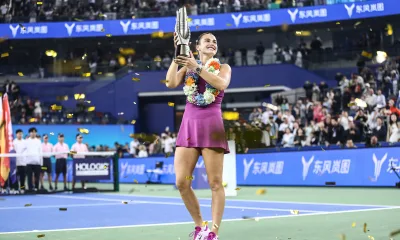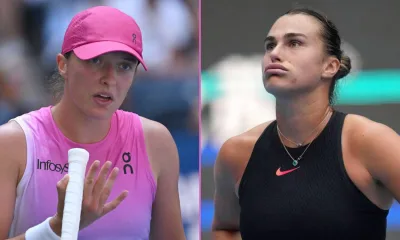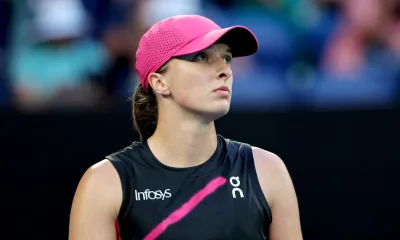Grand Slam Wimbledon WTA
Slices, sabbaticals and a strong team key to SW19 success?
More WTA takeaways from a wild 2025 Wimbledon Championships.
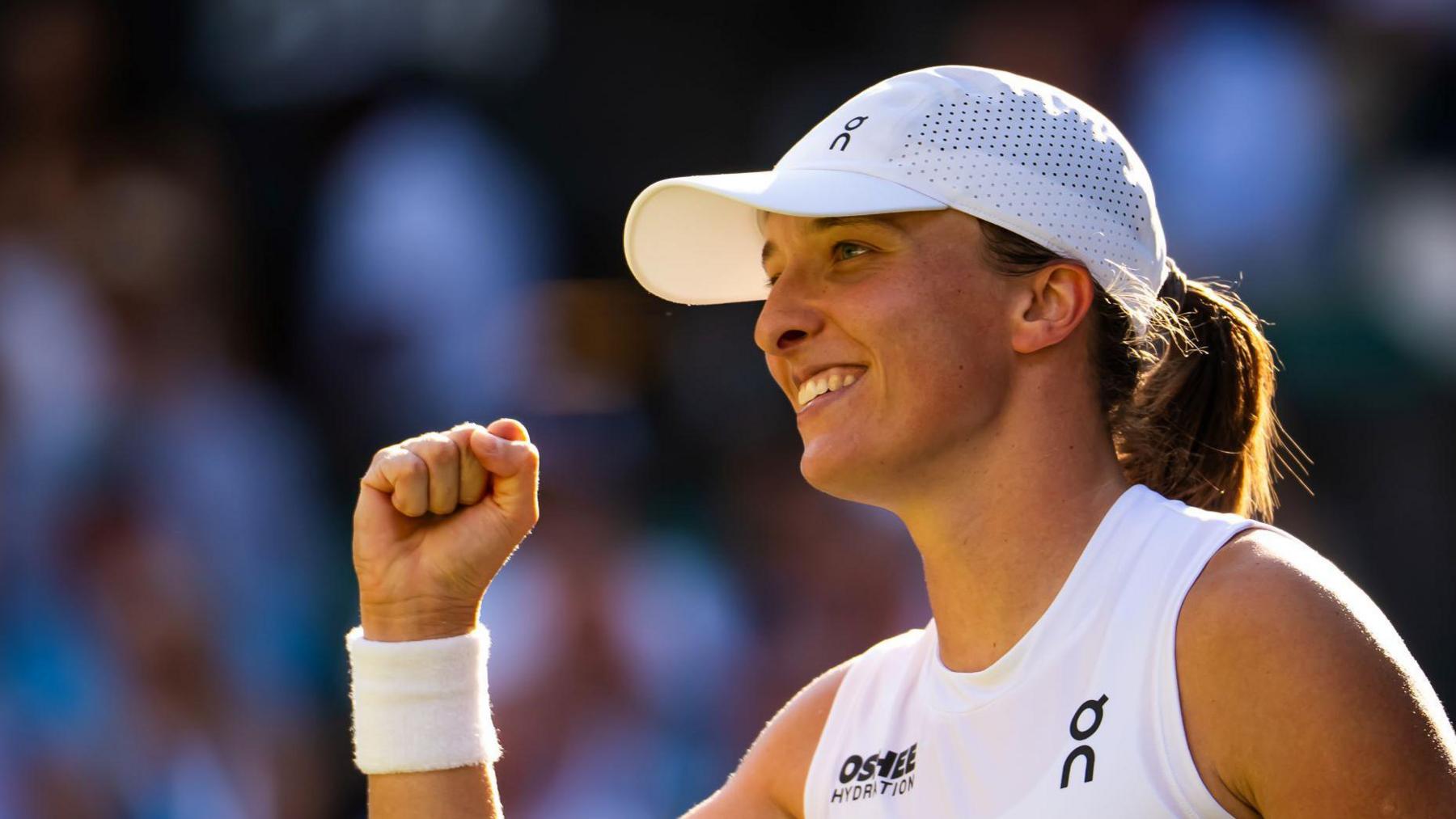
Should There Be Planned Sabbaticals?
For decades, the common path in women’s tennis was that a promising young player would dive headfirst into the pro tour. But as we’ve seen quite often, the circuit’s physical and emotional demands can rapidly leave a player frustrated and world-weary.
Wimbledon revealed that there might be alternative ways to build a far more sustainable career. As a start, nine women who’d played college tennis were in the main draw. Given that improvements in physical training have made it possible for players to compete well past the age of 30, there’s now far less need to dash into the pros. Perhaps time in college can help an ambitious young player learn many other life skills that will prove valuable over the long haul. NCAA champions Emma Navarro and Danielle Collins have each spoken about the value of attending college, from collaborating with others to living life as something other than a self-absorbed and enabled tennis prodigy.
There are also other ways to stay refreshed. Though semifinalist Belinda Bencic never showed signs of burnout, maternity leave gave her a chance to finetune her focus. “I think what I try sometimes in the household, in the tennis court, being a mom, I think you just have to let some things go. You have to compromise,” she said during Wimbledon. “I don’t practice as much as I used to. I still try to do the best on the practice court and on the match court. I feel like I am more productive because I have less time.”
Anisimova’s mental health break has also proven helpful. “Now, every tennis player will want to make eight months off,” Evert said on ESPN just after Anisimova beat Sabalenka in the semis. Evert, already number one in the world as a teenager, subsequently wisely paced herself in the late ‘70s with a few sabbaticals from the winter circuit.
College tennis. Coursework. Parenthood. Mental health. Consider each of these exiles a gap year from the harsh demands of singular competition. Why not make them a programmed part of the pro journey?
Teams Have Different Leaders
Many years ago, players traveled by themselves. Then came a trickle of a posse – parent, friend, coach. Now, thanks largely to increases in prize money, players throughout the ranks can afford to be joined at tournaments by much larger support teams. And though the coach is theoretically the most important member of the team, recent developments have proven that’s not always the case. In the late stages of Federer’s career, Pierre Paganini, his fitness coach, was arguably the most essential Team Roger member.
Consider the central role played for years by psychologist Daria Abramowicz on Swiatek’s team. At Wimbledon, Anisimova credited her physiotherapist, Shady Solemani, for many of her physical improvements. This eclectic range of leaders has shown that there’s an intriguing and creative aspect to how players go about building and working with their teams. Why not have the nutritionist be the leader? The meditation expert? The literature teacher? None of these possibilities is stated as a joke.
Stop Treating Underspin Like It’s Rodney Dangerfield
Like a tropical storm, there come those moments at a major when a player ranked outside the top ten will shake up the normal weather pattern by employing such tactics as taking pace off the ball, drop-shotting frequently, or hitting with some variation of underspin, slice, or sidespin. Recall Fabrice Santoro, the man Pete Sampras nicknamed “The Magician.” Then there’s doubles genius Hsieh Su-wei and Tatjana Maria, who on the eve of Wimbledon carved up four top tenners to win the title at Queens Club.
At Wimbledon, the dazzling disruptor was Laura Siegemund, who defeated Australian Open champion Madison Keys and then severely tested Sabalenka before losing a three-set quarterfinal. Invariably, the word “junk” surfaced — a passive-aggressive expression of mild regard, spiced with disdain, as if a player like Siegemund were more court jester than serious contender. Why? Was it “junk” when such beloved major champions as Ashleigh Barty and Roger Federer knifed their slice backhands? Further back, ask Rod Laver how he felt about Ken Rosewall’s sliced drive of a backhand.
A few slices even made cameo appearances during crucial stages of matches won by Sabalenka and Anisimova. When will the time come for coaches to build these tools in their players less as late-stage add-ons and more as operating system essentials?
Grand Slam Player News WTA
Sabalenka Clinches 2025 Year-End No. 1 After Dominant, Consistent Season
Sabalenka ends 2025 as year-end No. 1 after a season with four titles and relentless consistency. In
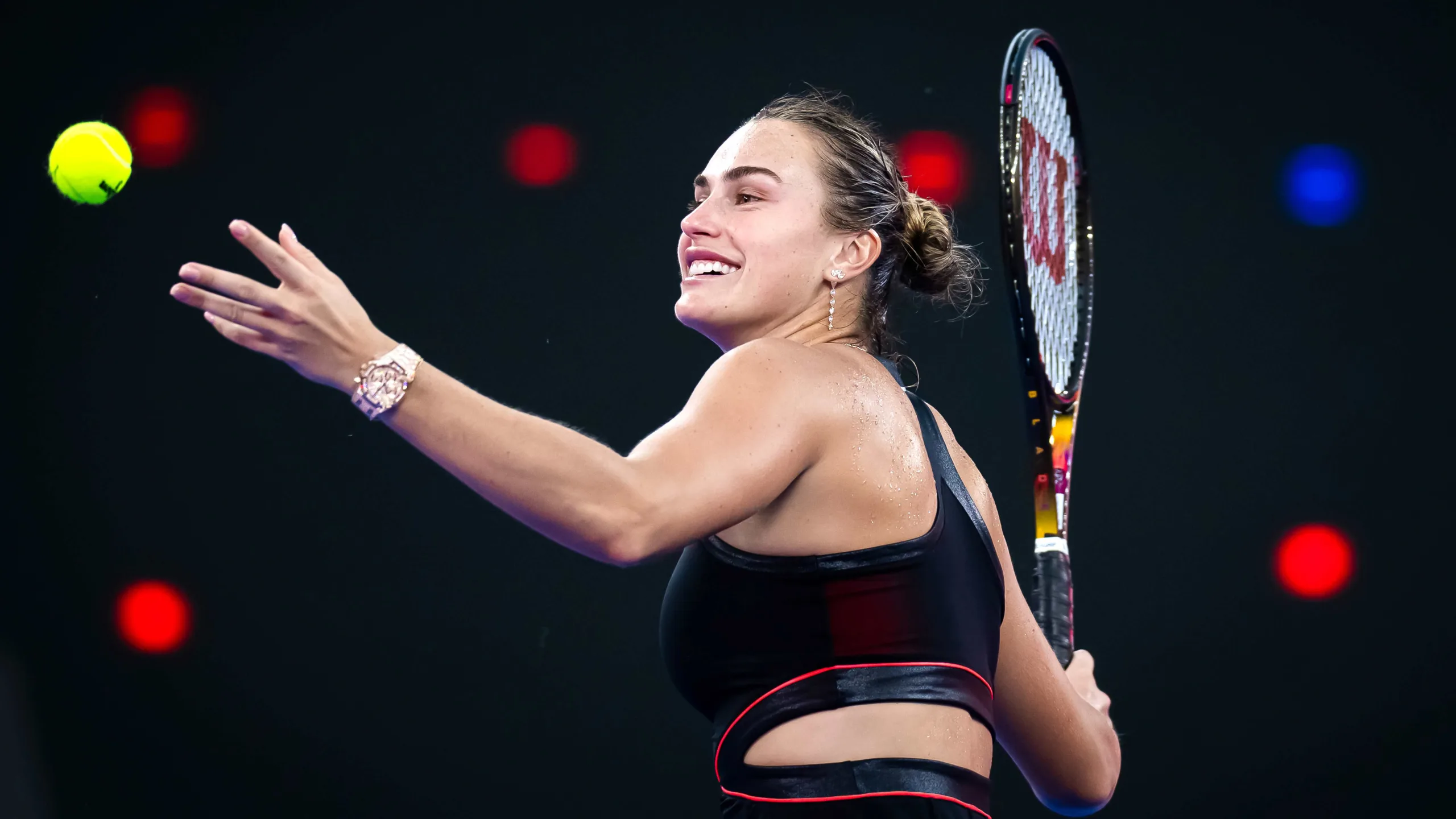
Aryna Sabalenka has secured the 2025 year-end WTA No. 1 ranking, regardless of her result at the WTA Finals in Riyadh. Having finished 2024 at No. 1 as well, she becomes the 13th woman in WTA rankings history to end consecutive seasons at the top.
Sabalenka’s 2025 campaign combined peak moments with relentless consistency. She captured four titles, including the fourth Grand Slam title of her career at the US Open. She also reached four additional finals, among them two major finals at the Australian Open and Roland Garros.
Her form across the season was remarkably steady. Sabalenka advanced to the quarterfinals or better at 13 of the 15 tournaments she played, a run that underpinned her hold on the top ranking from the opening week through the close of the year.
That uninterrupted stretch at No. 1 places her in an even smaller group. She is the seventh player in WTA rankings history to hold the No. 1 ranking for every week of a calendar year, and only the third woman to do so this century, after Serena Williams and Ashleigh Barty, who achieved the feat twice each.
The combination of Grand Slam success, four titles, multiple major finals and near-constant deep runs made Sabalenka the season’s defining player. Securing the year-end No. 1 spot for a second straight year confirms a period of sustained excellence and adds a notable chapter to WTA history.
Whatever unfolds at the WTA Finals, the statistical and historical landmarks of Sabalenka’s season are already established. She finishes 2025 as the sport’s year-end No. 1, with a set of achievements that underline both peak performance and remarkable consistency.
ATP Grand Slam Roland Garros
Books on Alcaraz and Sinner Clarify a New Chapter in Men’s Tennis
Two books on Alcaraz and Sinner illuminate how their rivalry reshaped men’s tennis in 2024–25. Today
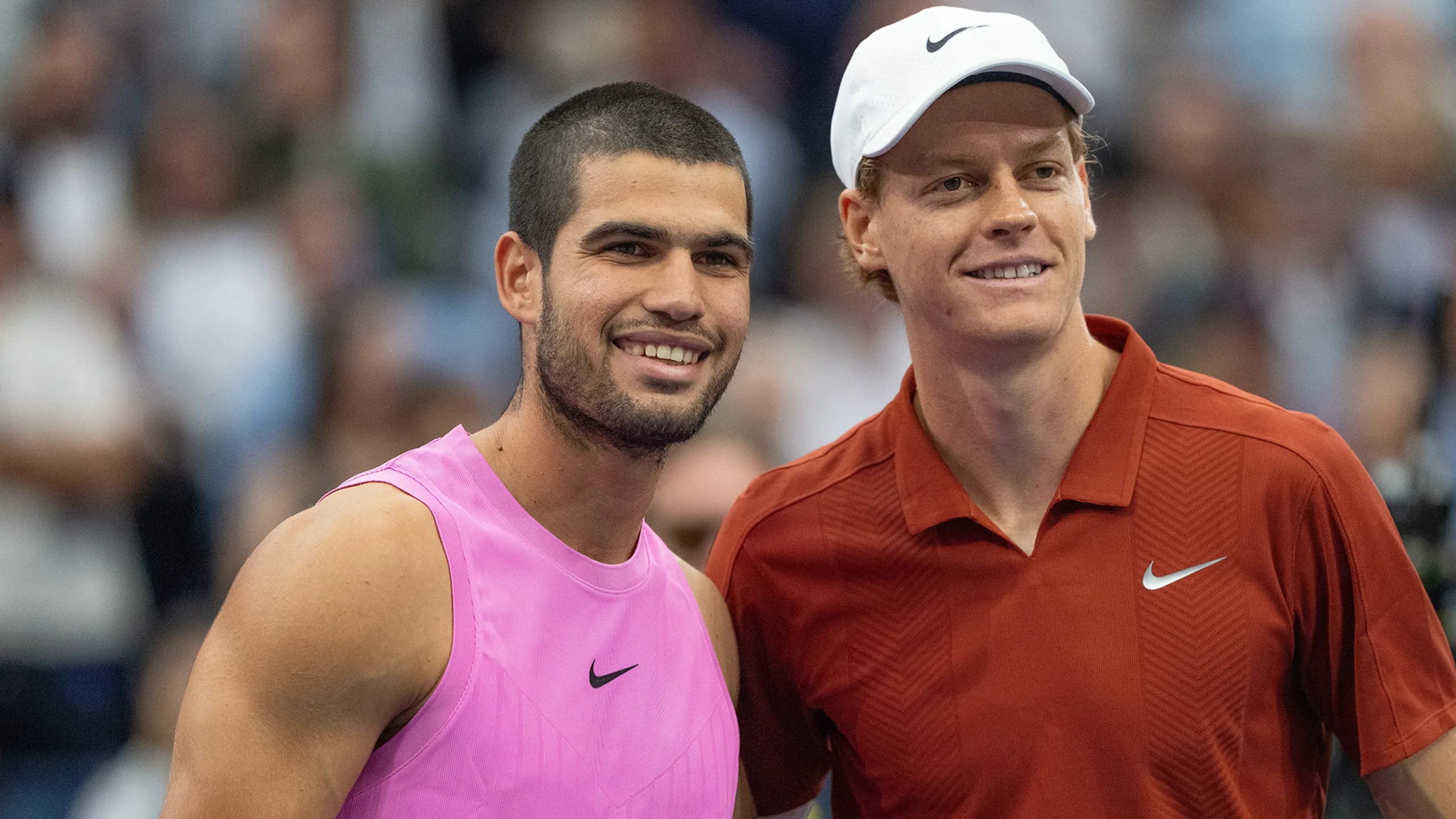
Two recent books arrive at a pivotal moment in men’s tennis, documenting the rapid ascent of Carlos Alcaraz and Jannik Sinner and the rivalry that has defined 2024 and 2025. Mark Hodgkinson’s Being Carlos Alcaraz supplies the biographical detail and environment that shaped Alcaraz, while Giri Nathan’s Changeover examines the rivalry and the broader cultural moment that surrounds it.
Hodgkinson traces Alcaraz from El Palmar to Juan Carlos Ferrero’s academy in Alicante, and highlights formative episodes: the five-year-old who “loved to bash the ball against the backboard” and a lockdown stint at the academy that accelerated his progress. The book also describes Alcaraz’s psychological training. “When they spoke on Mondays, Alcaraz wasn’t allowed to tell Cutillas whether he had won or lost his latest match, only how he thought he had played,” Hodgkinson writes. “Giving attention to the result would have reduced Alcaraz’s tennis to winning or losing, to being a success or a failure, and Cutillas didn’t want that for him.” Hodgkinson adds, “Cutillas was hoping that as a boy, and maybe deeper into his tennis life, he would be less interested in his results than in whether he was improving and meeting the standards he was setting for himself.”
Nathan’s Changeover is more literary and frames the players within the modern rivalry narrative. He writes that Alcaraz’s game “combined so many traits that didn’t belong together into a single psychedelic point.” Nathan also offers a vivid aside describing Daniil Medvedev as “the expansive plane of his forehead, those cunning beady eyes, the physiognomy of a supervillain plotting to take down the power grid.”
Both books contrast the two men’s temperaments and origins. Sinner’s upbringing in Sexten and his late shift from skiing to tennis are presented alongside anecdotes about his planning and precision, including the moment he told his coach “to stay f-ing calmer” and then dismissed him. Sinner called it “very, very strange” to come from a skiing village and become a tennis player.
Together the books explain how these players rose out of a long era of stasis at the top and set expectations for what the next phase of men’s tennis might look like.
ATP Grand Slam US Open
Facundo Bagnis begins voluntary provisional suspension after positive test
Facundo Bagnis accepts provisional suspension after positive test for hydrochlorothiazide in August..
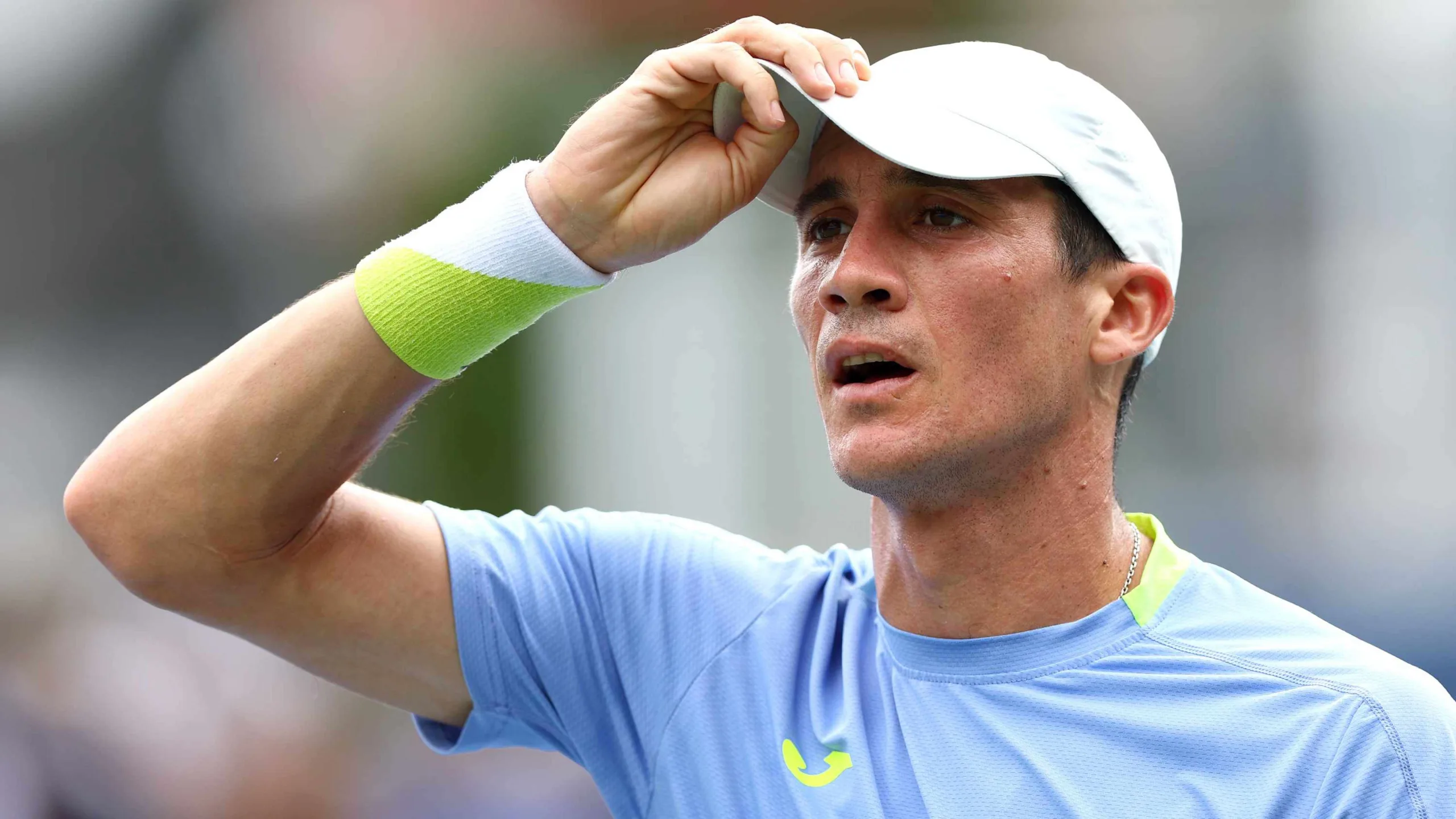
Facundo Bagnis has begun a voluntary provisional suspension after testing positive for hydrochlorothiazide, the International Tennis Integrity Agency announced. The 35-year-old Argentine’s positive result came during qualifying at the US Open in August, and the ITIA classified the substance in the category of diuretics and masking agents.
Bagnis lost in the first round of US Open qualifying, a defeat that was his sixth consecutive loss in Grand Slam qualifying matches. He reached a career-high ranking of No. 55 in 2016.
The player was notified of the test result this month and opted to start a provisional suspension last week. The ITIA process allows a provisional suspension to be credited as time served if a later ban is imposed.
In a social media statement, Bagnis denied knowingly taking any banned substance and said he has assembled legal and medical support to pursue a possible cross-contamination defense. He wrote: “I want to be clear, I’ve never knowingly taken anything prohibited, that’s why I’m confident in my innocence and that the truth will come to light and reveal a fair outcome,” Bagnis wrote on Instagram , calling the situation ‘one of the worst moments of my professional career.’
“The news has taken me completely by surprise,” he added. “Since the beginning, I have cooperated with the ITIA and been completely and totally transparent in order to clear everything up as quickly as possible.
“Additionally, I have chosen to accept a voluntary provisional suspension in order to dedicate my full attention to this process and to demonstrate that I have nothing to hide.”
Bagnis said he is working with a team that includes lawyers and a medical toxicologist as he prepares his response to the ITIA. The agency’s announcement confirmed the substance and the provisional suspension but did not detail the next steps in the investigation.
-
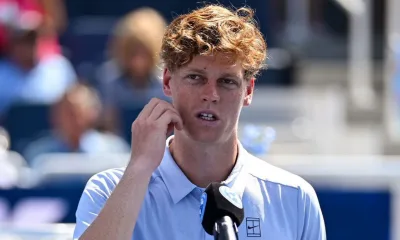
 Analytics & StatsATPUS Open2 months ago
Analytics & StatsATPUS Open2 months agoSinner: Predictability Cost Me in US Open Final as Cahill Reveals Djokovic’s Counsel
-

 Analytics & StatsUS OpenWTA2 months ago
Analytics & StatsUS OpenWTA2 months agoAfter the US Open: Six WTA takeaways from the 2025 tournament
-
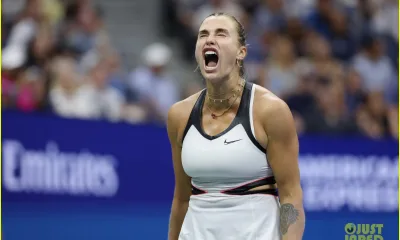
 Analytics & StatsFinalsWTA2 months ago
Analytics & StatsFinalsWTA2 months agoCan Iga Swiatek Overturn Aryna Sabalenka for 2025 Year-End No 1?


